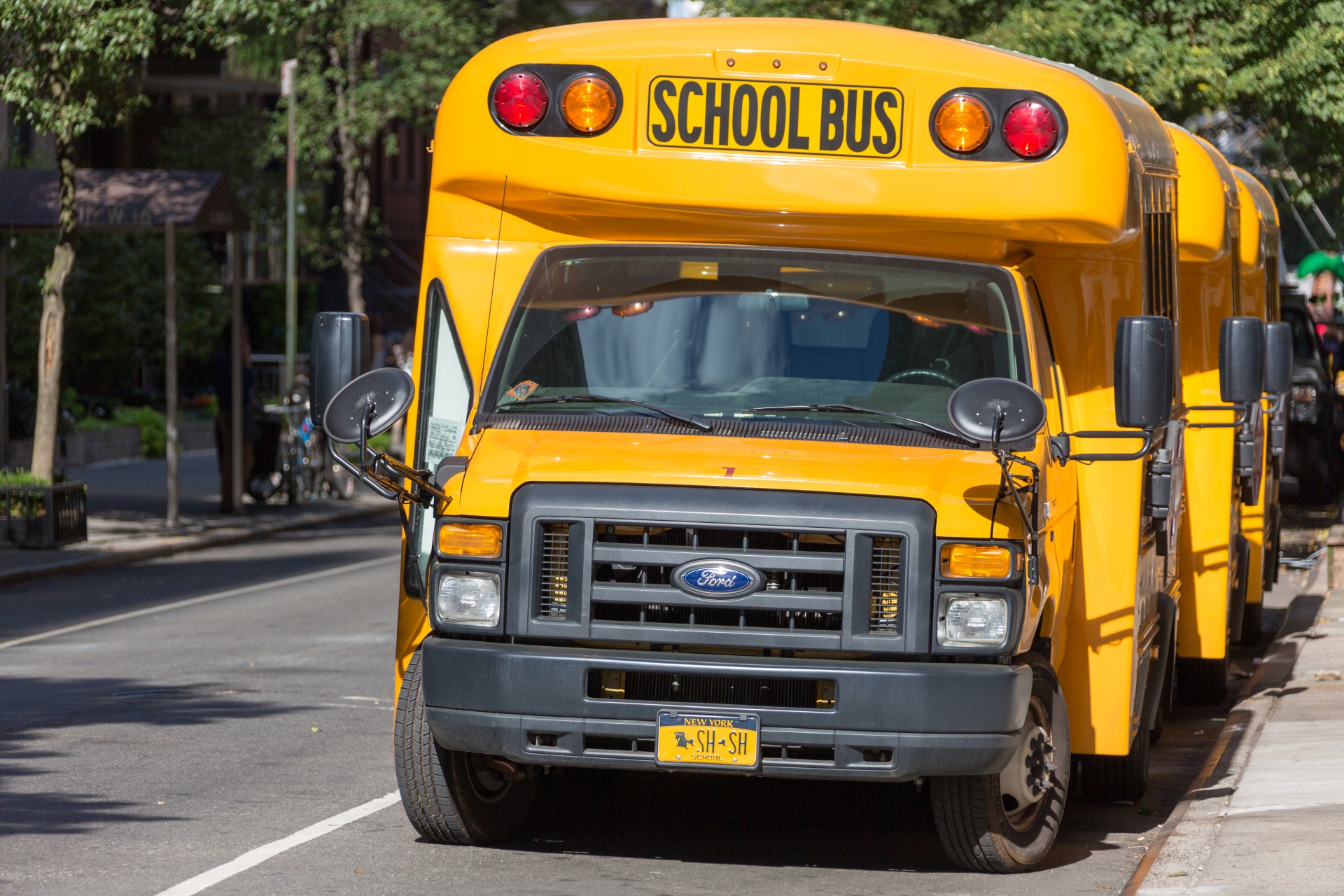There is a vast chasm between the percentage of district and school leaders who think building community trust is very important and the percentage of those leaders who are very confident in their ability to do so, according to new national survey results. Roughly 65 school board members were among the 538 district and school-level leaders who responded to the survey from K12 Insight.
The 2019 State of K-12 Customer Experience Survey results find further confidence gaps in areas such as external communications and improving public perception. While 90 percent of school leaders said building trust is very important to their mission, only 52 percent are very confident in their ability to deliver on that goal. In addition, only 51 percent were confident in their district’s ability to engage parents and community members and 46 percent said they were very confident in their ability to improve the public’s perception of their district.
While “customer service” is usually thought of in a business context, the principle at the public school level can leverage parent and community relationships to accomplish often-difficult goals such as greater stakeholder engagement in the Local Control and Accountability Plan process and even in high-stakes scenarios like bond or parcel tax campaigns. An emphasis on improvement in communications and trust also comes at a time when 60 percent of K-12 parents give their local schools an A or B grade, but that number falls to 40 percent among nonparents, according to PDK’s most recent annual poll of attitudes toward public education. When asked to rate the nation’s public schools overall, only 19 percent of Americans gave a grade of an A or a B.
With self-reported shortcomings in the customer service experience survey, only 7 percent of respondents said they were not currently trying to improve customer service in their schools. The most common avenues to do so are surveying stakeholders on school climate/culture, improving internal communication and improving outbound communication. Despite these responses and efforts, 15 percent of district leaders said no one in their district is responsible for improving customer service and 19 percent said no one is monitoring the quality of customer service.
The National School Public Relations Association and the National School Boards Association provided support for the survey and report.
How to make improvements
K12 Insight also offers a collection of recommendations in its report, among them:
- Implement a system for addressing customer responses: Start small and simple, experts suggest. Districts should start small and focus on creating a system that they can later scale districtwide.
- Determine an objective method for measuring district effectiveness: Districts need to determine if their efforts to improve customer service are working, and that effort requires more than an annual survey.
- Create a culture of customer service excellence: It all starts at the top with the governance team and administrators but extends deeply. The report includes an anecdote from A. Katrise Perera, superintendent of Oregon’s Gresham-Barlow School District. “Ninety percent of parents only ever see the front office of our schools. Parents will make assumptions about the school based on those interactions,” Perera said in a recent interview.
Moving forward, a new statewide effort will lend resources and best practices to county offices of education and districts across the state. The California Collaborative for Educational Excellence’s Community Engagement Initiative will include a series of multi-year professional learning networks that build district and community collaboration, with a focus on student outcomes. The three lead partner agencies for the initiative are the San Bernardino County Superintendent of Schools office, the California Association for Bilingual Education and Families in Schools.
As outlined in a CSBA governance brief, school boards can also help create clear community engagement processes through several steps: 1) create a sense of urgency for district improvement; 2) encourage participation; 3) develop partnerships; and 4) build civic capacity. “Community engagement has to be a two-way conversation based upon a shared understanding of what the problems are,” the brief states. “When conversations are framed thoughtfully, community participants assert that K-12 education is important to them. They believe they have insights worth sharing and that schools do not bear the responsibility for educating children alone.”





